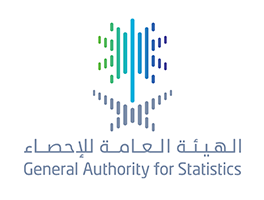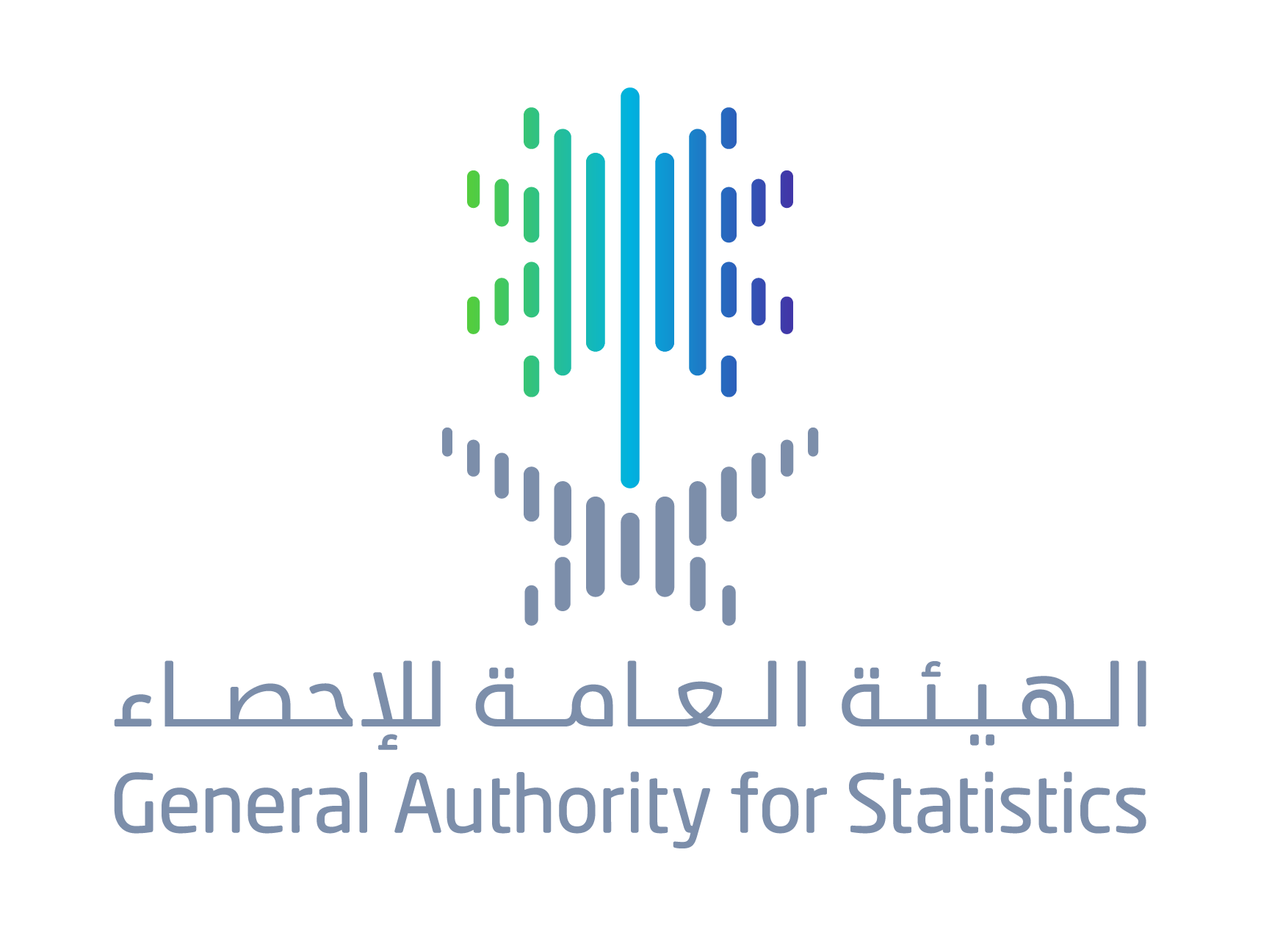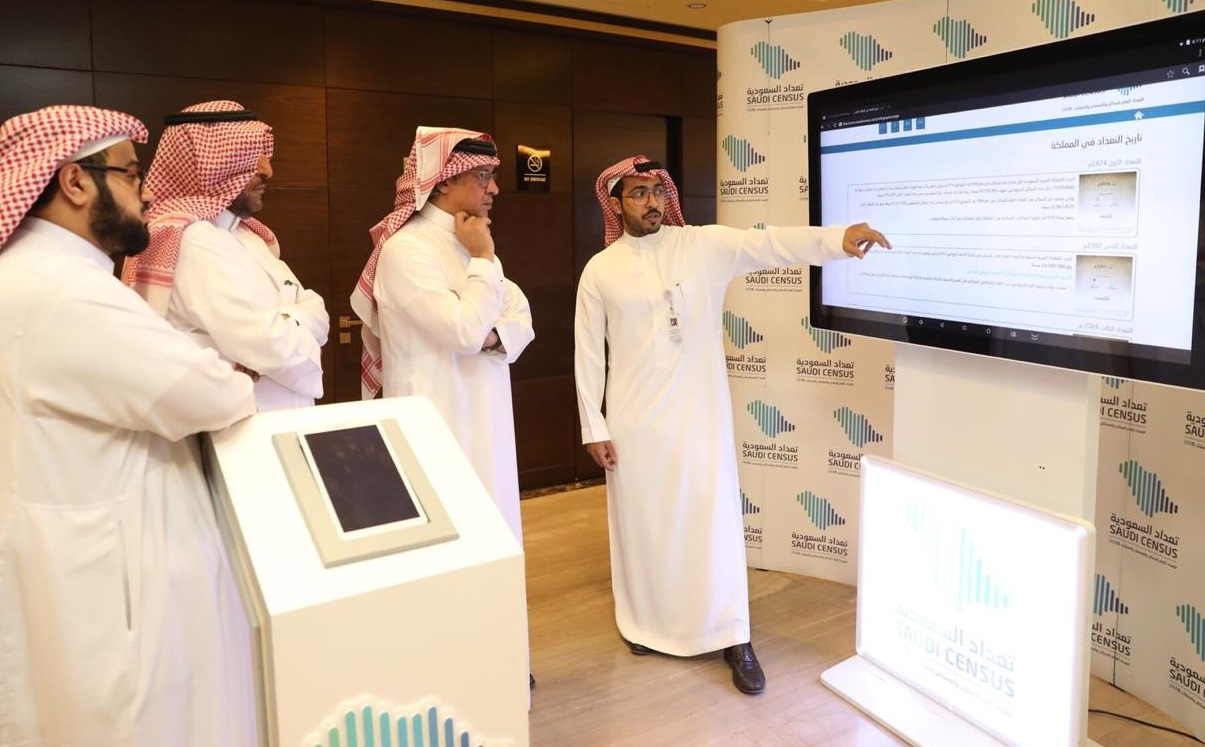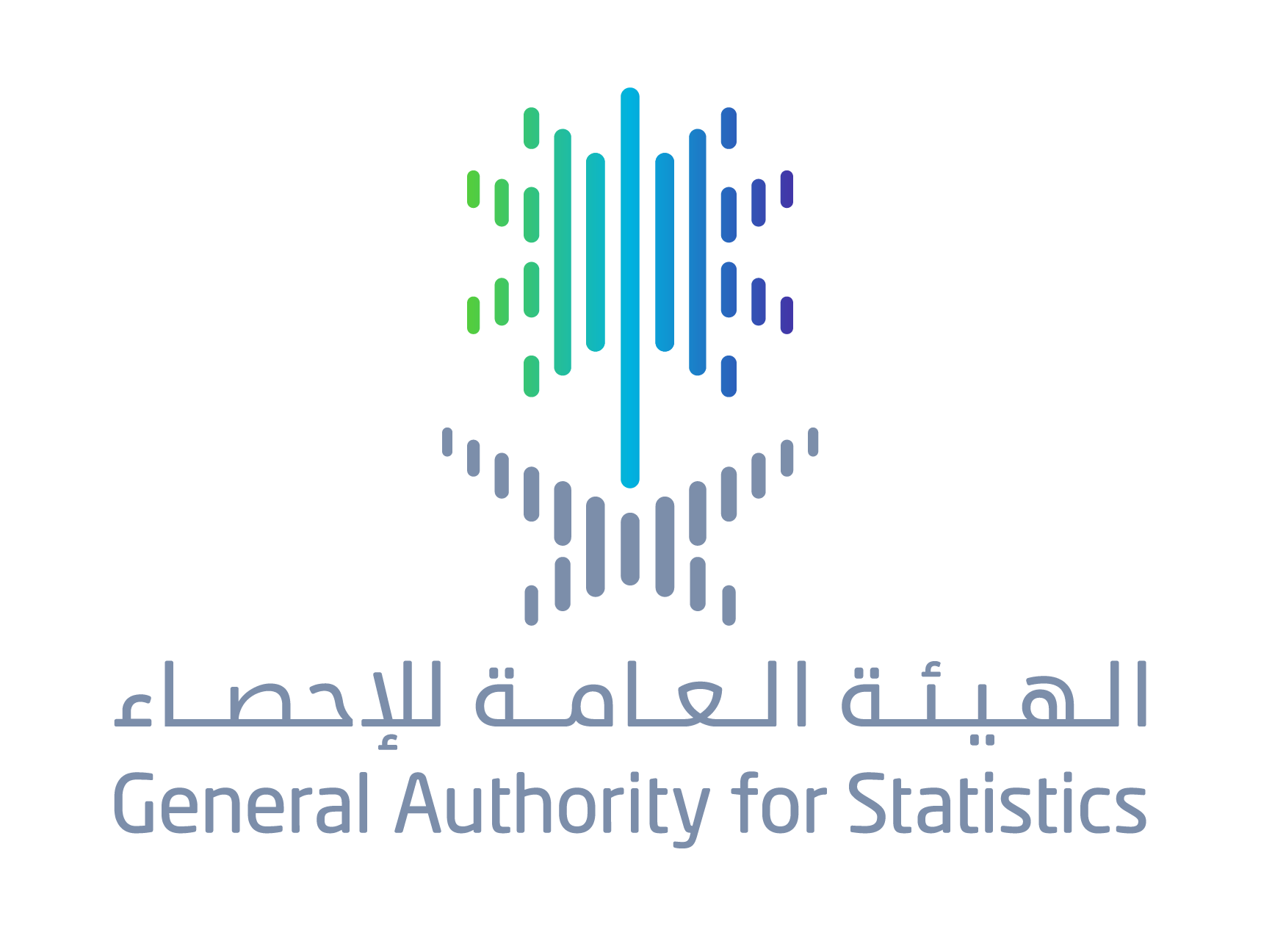
GASTAT Releases Results of Household’ Culture and Entertainment Survey for 2018
28-07-2019
Statistical Survey Issued by GASTAT for the First Time
GASTAT Releases Results of Household’ Culture and Entertainment Survey for 2018
General Authority for Statistics (GASTAT) released results of “Household’ Culture and Entertainment Survey 2018”. The survey was published on its official website www.stats.gov.sa. This survey complements the new statistical products implemented by the Authority to meet the local and international requirements of statistical data. It is first-of- its- kind survey in the field of household culture and entertainment, which will be conducted on a periodical basis every three years by GASTAT in line with the international methodology of culture statistics. The fundamental objective of the survey is to support decision makers, policy makers, researchers, and those who are interested in up-to-date data on statistics of household culture and entertainment in Saudi Arabia by (gender, nationality, educational status, age, and marital status).
(35.36%) of Saudi Arabia’s population (Saudis and non-Saudis) had a home library during the 12 months. In detail, the percentage of reading books among Saudi individuals (15 +) was (58.18%) during the 12 months. The percentage of both (Saudi and non-Saudi) individuals (15+) who read newspapers or magazines recorded (53.96%), out of total population of Saudi Arabia. For Saudis, the total percentage of Saudi individuals (15+) who read newspapers or magazines accounted for (59.46%) during the 12 months, where (67.14%) of them were Saudi males, and (51.48%) of them were Saudi females. However, the percentage of reading electronic newspapers or magazines was (66.58%), out of the total number of reading newspapers or magazines, while the percentage of reading printed newspapers or magazines reached (5.77%). As for both types, the total percentage of reading electronic or printed newspapers or magazines registered (27.65%), during 12 months, according to the results of the survey.
(42,40%) of Saudi individuals (15+) visited theme parks for entertainment or culture as the most visited places in the residence of place during 12 months. However, cultural landscapes are the most visited places for Saudi individuals (15+), recording a percentage of (57.21%), out of total Saudis who traveled inside Saudi Arabia to visit cultural or entertainment places during the 12 months. Likewise, cultural landscapes were one of the most visited places for Saudi individuals (15 +), where the total number of Saudis who traveled outside Saudi Arabia to visit cultural or entertainment places during the 12 months was (70.03%), based on the survey’s results.
Watching television or listening to radio stations recorded the highest percentage as the most cultural and entertainment activities practiced by Saudi individuals during their free time at the level of Saudi Arabia, reaching (67.02%), out of the total number of Saudis who engaged in cultural or entertainment activities during the (12) months.
GASTAT is pleased to provide its clients of data users with the detailed results of the survey. The results will be available on its website, containing about 40 statistical indicators.

GASTAT Releases Results of Household Health Survey, 2018
28-07-2019
GASTAT Releases Results of Household Health Survey, 2018
GASTAT released the results of Household Health Survey, 2018 on its official website. The importance of this survey lies in the data and indicators provided for health. It includes indicators for health status of individuals, population suffering from chronic diseases, periodic health check-ups performed by individuals, in addition to indicators of family planning procedures, fertility rates, and child mortality.
Results showed that the percentage of (Saudi and non-Saudi) population (15+) who have good to very good health has increased, and that is based on their own assessments where the percentage hit (95%) compared to (%94.2) in 2017. In regard to Saudis, the percentage of Saudi males who have good to very good health reached to (%94.2) based on their own assessments, while the percentage of Saudi females who have good to very good health was at (%92.3) based on their own assessments.
Results also showed that (%24.3) of total population (15+) perform periodic check-ups to check their health at least once a year. Additionally, percentage of (Saudi and non-Saudi) population who are covered with health insurance reached (%38.6).
On the other hand, results of the survey indicated that the percentage of population who are suffering from chronic diseases in the age group (15+) has decreased to (%15.9) compared to (%16.4) in 2017.
Based on the survey’s results, total fertility rate of women between (15-49 years) was (1.92) birth per woman. As for Saudi females, the total fertility rate was (2.33) births per woman. The results indicated that (%32.9) of married women between (15-49 years) are using modern contraceptive methods.
Moreover, mortality rate among children under five years was (8.5) deaths per 1,000 live births, while mortality rate among infants under one year in Saudi Arabia was (6) deaths per 1,000 live births.
Results revealed that percentage of population (15+) who were diagnosed with diabetes reached (%8.5). The percentage of population (15+) who were diagnosed with heart diseases was at (%1.21). On the other hand, the percentage of population (15+) who were diagnosed with hypertension was (%7.6).
Household Health Survey also includes other indicators such as: distance between households and health centers, percentage of children under two years who are committed to vaccination, average number of hospital admissions per 1000 individuals, in addition to other indicators.

GASTAT Launches “Self-enumeration System” and e-portal for Saudi Arabia’s 2020 Census
18-06-2019
GASTAT Launches “Self-enumeration System” and e-portal for Saudi Arabia’s 2020 Census
Minister of Economy and Planning and Chairman of the Board of Directors of the General Authority for Statistics (GASTAT) Muhammad Bin Mazyad Al-Tuwaijri launched on Mondy 14/10/1440H (June 17th ,2019) the e-portal for Saudi Arabia’s 2020 census, as an awareness platform for everything related to the fifth census of housing, populations, and establishments 1440H-2020 through its official websites www.stats.gov.sa
A detailed presentation for the e-portal including its objectives as well as the preparations of the census was reviewed by HE. In fact, the e-portal of Saudi census 2020 is an official platform for all census’s news and everything related to it including announcing and publishing results, it is also a platform for spreading statistical awareness in general, deputy of GASTAT for strategic communication and clients support Taiseer AL-Mofarrej said.
The e-portal has special windows for the past four censuses and their results, it also includes windows for news and awareness content that shed light on the preparations made until now for Saudi Arabia’s 5th census, AL-Mofarrej clarified. He also added that citizens and expatriates will be able to complete the census form online through (self-enumeration system) via the website on March 2020, which is considered one of the most important modern methods for population census, as it will enable heads of the households to register all data of the family without the need for the visit of the statistical researcher to their places. This system will be used as one of the tools to collect statistical data from households in Saudi Arabia’s census 2020. On the other hand, spreading the statistical awareness among the society will lead to success of the self-enumeration experience since knowledge of technology is now considered as a feature of the Saudi society in all age groups, he added.
It is worth mentioning that the Council of Ministers has approved the implementation of the General Population and Housing Census for 2020 as the fifth census of Saudi Arabia. Tuesday’s evening, 22 Rajab 1441 (17 March 2020) will be the beginning of the actual enumeration for the 5th census of population and housing in Saudi Arabia. This date shall be the approved date for the time reference of all census works, data and information.
2020 census will provide a huge database that will be used as a reliable reference to conduct studies and researches required by the development plans and programs in Saudi Arabia, in addition to statistical data and indicators for measuring the change in the characteristics of population that occurred by time, also to make international, regional, and local comparisons, as well as reviewing and evaluating future estimates of population.
Saudi Arabia has implemented the first official census in its comprehensive sense in 1394 AH (1974). The second census was in 1413H (1992). The third census was conducted in 1425H (2004). 1431H (2010) census was the fourth census and was carried out by the Department of Statistics and Information before being transformed into the General Authority for Statistics.

Saudi Arabia concludes its participation in the first meeting of the friends of the chair group on economic statistics of the United Nations within 11 countries
12-06-2019
GASTAT provides development opportunities through big data
Saudi Arabia concludes its participation in the first meeting of the friends of the chair group on economic statistics of the United Nations within 11 countries
On Thursday May 30, 2019, Saudi Arabia, represented by the General Authority for Statistics (GASTAT), concluded its participation in the first meeting of the friends of the chair group on economic statistics of the United Nations within 11 countries, which was held at UN headquarter in New York city. The three-day meeting discussed the institutional transformation issues of national statistical bodies, in addition to the new methods, services and roles played by such statistical agencies.
GASTAT president, Dr. Fahad bin Sulaiman Altekhaifi, who led the Saudi delegation, confirmed that GASTAT 's participations with international organizations and experts of the international statistical agencies in their meetings are useful opportunities to highlight KSA's efforts in development with statistical figures and to develop statistical work according to international standards. Altekhaifi said statistical offices are challenged by changes in data gathering brought about by new technology. He added that big data could replace traditional statistical activities as an innovative way of producing official statistics or providing additional information to support the currently available official statistics, hence new indicators might be produced to support all decision makers in different developmental fields. The shift towards big data to be one of GASTAT official statistics sources reflects Saudi Arabia tendencies to benefit from the digital transformation in producing economic, social, and cultural statistics that support government bodies in accepting the rapid developmental changes which must be applied and reflected through official statistics.
GASTAT president indicated that using big data as a new (complementary or alternative) source of data creates some challenges that should be overcome by statistical entities. These challenges include the methodological aspects of data, determining data access methods, unifying statistical concepts, completing and processing data and other practices, in addition to ensuring a certain level of quality and enabling international comparisons. However, the organizational factors include other fields such as updating the organizational structure, working on statistical capacity development, establishing collaborations with the private and public data sources, and communicating with users.
Altekhaifi mentioned that the national statistical agencies must overcome these challenges to guarantee the usefulness of big data in the production of official statistics, especially for databases, computing and digitization. Statistical entities need to adopt national statistical strategies that deal with plans, strategies, implementation methods and development mechanisms in the national statistical environment. In addition, they need to enhance coordination and partnerships between the national statistical agencies and the different sources of data, whether governmental or private. However, all databases of government and private statistical entities must be electronically linked, while maintaining the confidentiality and privacy of data when exchanging data. Furthermore, statistical indicators definitions, concepts, and methodologies must be unified among all partners to avoid misunderstandings of statistics that result from the use of different concepts and methodology. This includes the use of official international statistical classifications such as ISIC 4 by all partners from the public and private sectors to facilitate work on databases and get coordinated and comparable data that are ready for all statistical purposes. Moreover, it is important for all statistical entities to have a road map through which they can use big data to provide official data.
GASTAT has reviewed all Saudi Arabia’ efforts to benefit from big data by approving the National Strategy for Statistical Development, electronic linkage projects, and international classifications. In addition to unifying the definitions and methodologies, and encouraging the initiatives of digital transformation in all public and private sectors.
It is worth mentioning that many international experts in the statistical and economic fields have participated in the discussions of the first meeting of the friends of the chair group on economic statistics of the United Nations. Topics discussed included the future of economic statistics within the Sustainable Development Goals from the perspectives of the international organizations and the national statistical entities. They also included digital infrastructure, and maintaining an interactive economic system, in addition to discussing a number of experiments on the institutional transformation of the national statistical offices, and methods of using data sources.
